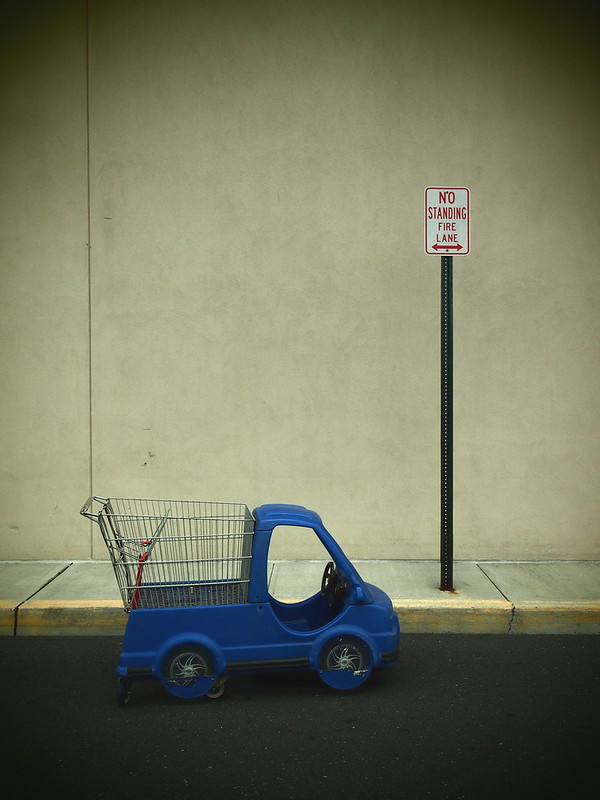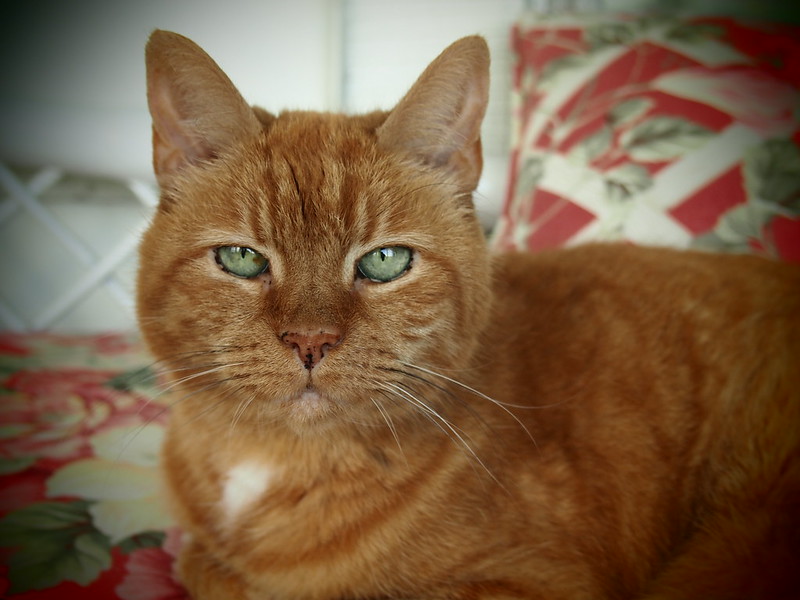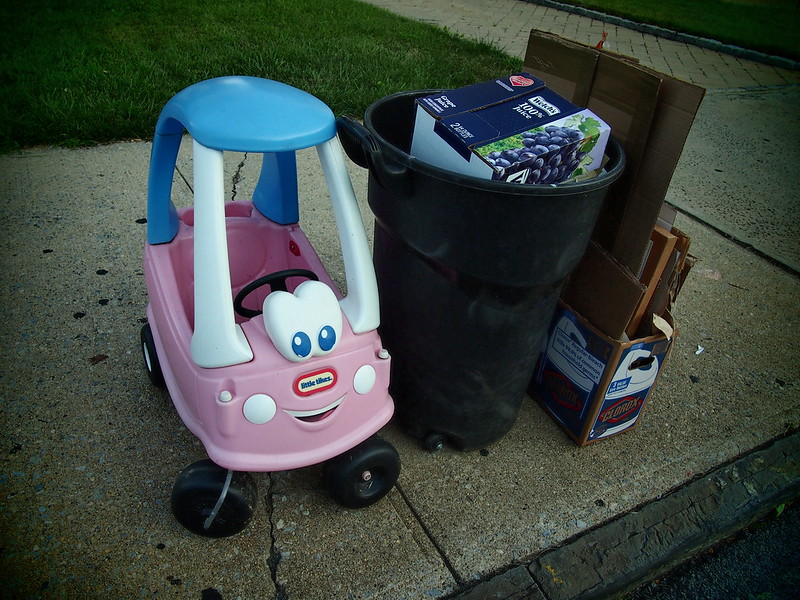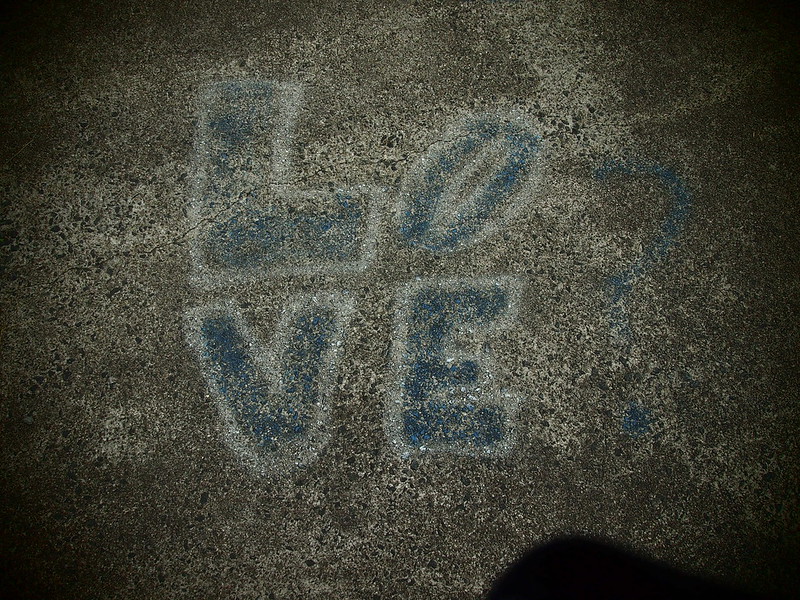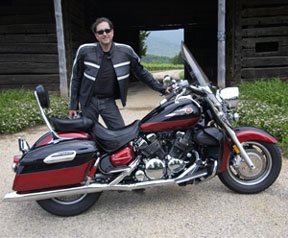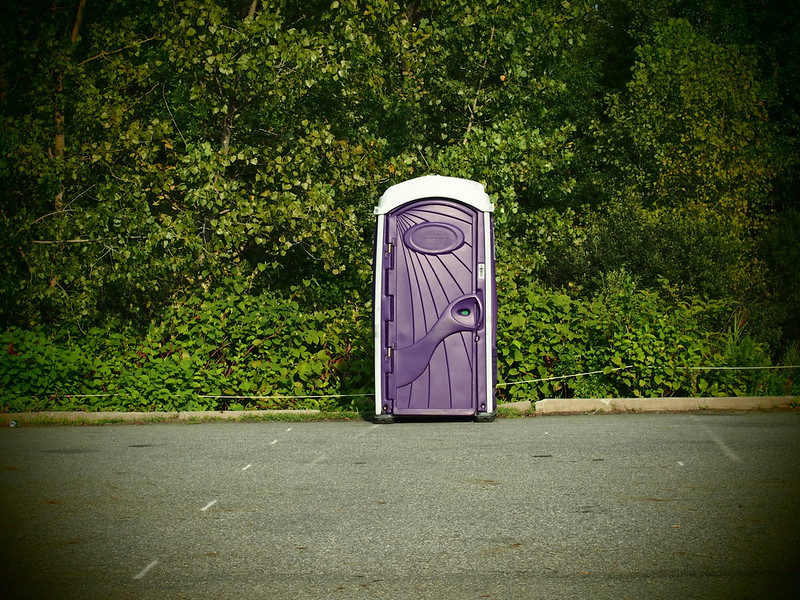
Friday, August 24, 2012
Wednesday, August 22, 2012
Monday, August 20, 2012
Thursday, August 16, 2012
Wednesday, August 15, 2012
Monday, August 13, 2012
Thursday, August 9, 2012
Tuesday, August 7, 2012
Monday, August 6, 2012
Sunday, August 5, 2012
Thursday, August 2, 2012
Stories of Photographers passed.... Reid Miles

"But isn't he dead?" I said.
"Absolutely," said John, "but he's still here."
The photo above of my riding buddy Ted Perrin and me was shot on the cyc in the late Reid Miles' studio by a fellow Brooks Institute of Photography alumnus John Swenson at some point in the late 1990s. During that time I was the publisher of a motorcycle magazine and had just arrived in Los Angeles from Bologna Italy where I was test-riding a new Ducati motorcycle. My friend John was working in this studio and agreed to let us spend the night before our ride up the Pacific Coast Highway. But that's not what this story is about. This story is about the life and death of Reid Miles.
Reid Miles was one of the great 1970s-era advertising shooters. He was famous for being paid $1,000,000/year to produce Coca-Cola ads that mimicked Normal Rockwell paintings. Most of us studying photography in the 70s were in awe of Reid's work but few knew exactly how he did it. Thanks to this trip and my friend John's openness, I learned many of Reid's secrets—the best being how he died.
Reid was trained as a graphic artist and had a passion for cutting up magazines and making collages. In fact his close friend Andy Warhol once gave Reid a copy of a hand-made art book he had produced. One of only four in existence and Reid proceeded to cut it up... not out of malice; it's just what Reid did, always.
John and Ted met me at LAX and John drove me to the Harley-Davidson Press fleet which, at that time was located behind Bartel's Harley dealership. After paperwork was taken care of, John led us on a ride into Hollywood that ended on a side street off Hollywood Boulevard. Reid's studio was a stand-alone building with a driveway and garage door.
Reid had passed away years before and his estate was renting the studio out as a business, more for pornography shoots than for anything else.
After settling in John offered me the nickel tour of the studio.
He took me into a vault where all Reid's past work was stored and proceeded to show me all the originals of the famed Coca-Cola ads. I learned that Reid's secret technique was to shoot every model and prop separately on white then cut and paste them to construct a final image. All the images were printed very large then retouched, reduced and rephotographed for reproduction.
After gawking over the brilliance of Reid's past John asked me if I wanted to meet him.
"I don't believe in ghosts," was my reply.
John smiled then led me to a fireplace and picked up a small tin box from the mantle. It was neatly wrapped in white paper and had a certificate taped to it from the Los Angeles Coroner stating, along with dates and certifications, that this box contained the post-cremation remains of Mr. Reid Miles.
Have you ever seen one of those adult toys that are nothing but a 1960s transistor-radio sized unit with one button on it and when you push the button the speaker blares, "You're an asshole!" or "Go fuck yourself!" or any other number of random insults?
I hadn't either until John showed that one to me.
John replaced Reid's mortal remains to the mantlepiece, held the insult box behind it, and pressed the button numerous times which in turn spewed a series of insults.
Then he turned to me, smiled and said; "Now you've met Reid Miles."
That moment allowed me to place the story of Reid's death in better perspective.
As I mentioned, Reid's studio had a driveway along with the requisite No Parking zone in front of it. Parking being a valuable commodity in downtown Hollywood there were many occasions when people would park on or in front of said driveway. On one such occasion Reid had had enough. He opened the garage door, started up his gorgeous 1929 Lincoln Touring Car and used it to push the offending vehicle out into the street. Then he pushed it back into his garage, locked the door and proceeded to drive off and run his errands. Later he called a tow truck and had it removed.
The owner of the offending car was incensed. After bailing his vehicle out of the towing company's lot he filed a lawsuit against Reid to recover all his costs for towing and damage to his car.
When the court date finally arrived the judge sided with Reid. After all, said the judge, the offending car's owner had parked on private property and Reid was well within his rights under the law to remove the car.
Leaving the courthouse Reid dogged the former plaintiff down the steps while hurling a rash of insults at him. Then he collapsed of a massive coronary and his body rolled down the remaining steps to the sidewalk.
You might think his story would end there but it doesn't.
As with many artists and people of the 60s counterculture Reid had left instructions in his will to have his ashes spread in MacArthur Park. Apparently so many people were spreading ashes in the park at the time that it was creating a health hazard so the Los Angeles City Council banned such activity.
Which is why Reid Miles' mortal remains sit on his mantelpiece in front of a battery-powered insult box, probably to this very day.
Subscribe to:
Posts (Atom)



